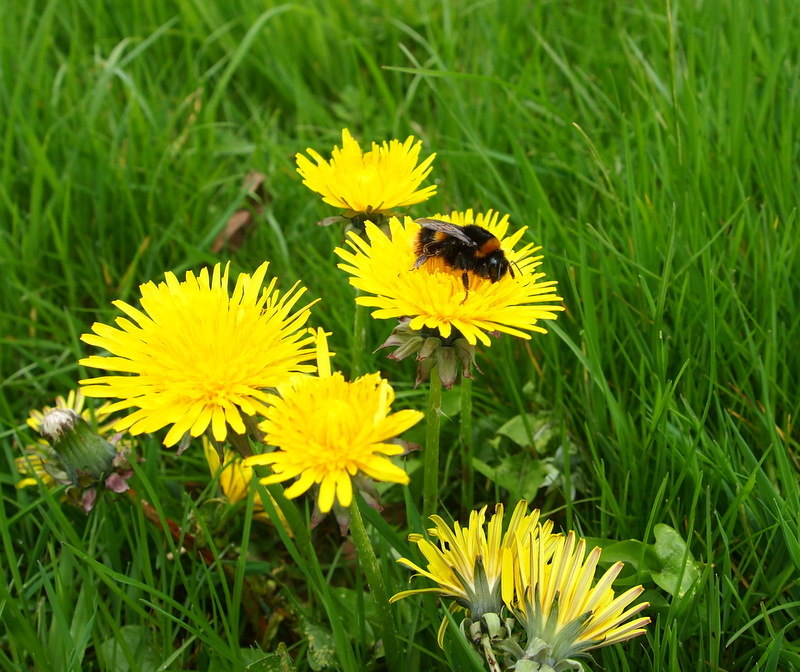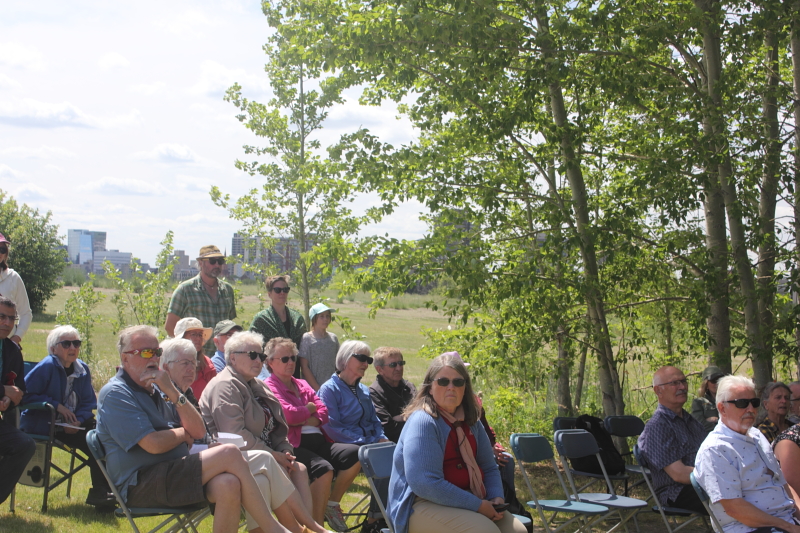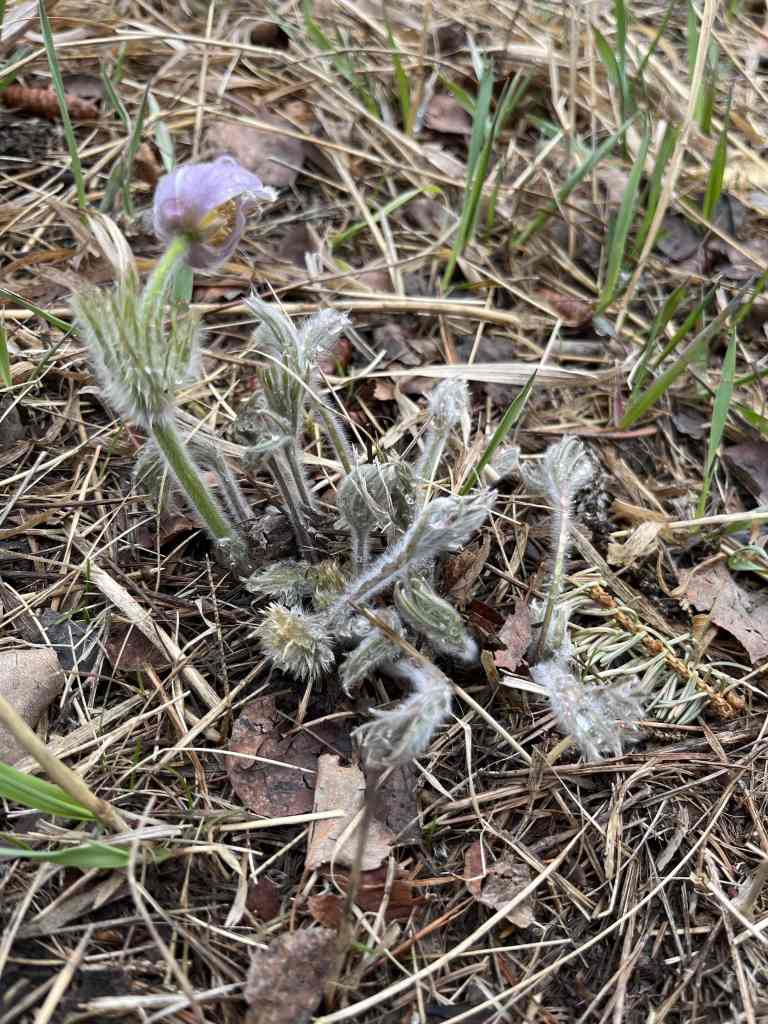Buzzing for Biodiversity: Celebrating World Bee Day and Conserving Pollinators





20th May, a Day Dedicated to Our Essential Pollinators
World Bee Day, designated by the United Nations, is an annual celebration on 20th May that shines a spotlight on the crucial role of bees and other pollinators in maintaining biodiversity. This special day is not only a call to appreciate these tiny creatures but also a reminder of our collective responsibility to conserve and protect them. As we delve into the significance of bees for United Nations Sustainable Development Goal 15 – Life on Land, let’s explore practical ways communities can contribute to their well-being.
- Plant a Bee-Friendly Garden: Transform your green spaces into havens for pollinators by cultivating a variety of nectar-rich flowers, herbs, and shrubs. Bees love diverse landscapes with a mix of colors and shapes.
- Avoid Pesticides and Herbicides: Opt for natural and organic alternatives to chemical pesticides and herbicides. These substances can harm bees and other pollinators, impacting their health and ability to perform their essential roles.
- Educate and Raise Awareness: Knowledge is power. Spread awareness about the importance of bees in ecosystems. Conduct workshops, seminars, or community events to share information on the vital role pollinators play in our lives.
- Support Local Beekeepers: Purchase honey and bee-related products from local beekeepers. Supporting local beekeeping practices helps sustain bee populations and encourages responsible apiculture.
- Create Bee Habitat: Designate areas in your community or backyard specifically for bee habitats. This could include installing bee hotels or leaving uncultivated spaces for nesting and shelter.
- Participate in Citizen Science Programs: Contribute to scientific research by participating in citizen science programs such as iNaturalist biodiversity inventory using your smartphone that monitor bee populations. Your observations can provide valuable data for researchers working on pollinator conservation.
- Host Bee-Friendly Events: Watch for organized events by Friends of the Saskatoon Afforestation Areas that focus on the significance of bees. Planting days, educational workshops, and community outreach programs can engage people of all ages in the conservation effort.
- Practice Sustainable Agriculture: If you’re involved in agriculture, adopt sustainable practices that minimize negative impacts on pollinators. Crop rotation, reduced pesticide use, and preserving natural habitats within farmland are steps in the right direction.
- Lobby for Pollinator-Friendly Policies: Advocate for policies that protect pollinators at the local and national levels. Encourage the implementation of measures that restrict harmful pesticides and promote pollinator-friendly practices.
- Bee-Centric Volunteer Opportunities: Get involved in local conservation efforts by volunteering with organizations such as the Friends of the Saskatoon Afforestation Areas dedicated to pollinator protection. Joining hands with like-minded individuals amplifies the impact of your actions.
On World Bee Day, let’s pledge to be stewards of these indispensable pollinators. By taking simple yet impactful steps, individuals and communities can contribute significantly to the conservation of bees, supporting the broader goals of preserving life on land as outlined by the United Nations.
.. the word ecology, coined by the German biologist and philosopher Ernst Haeckel (initially as oecology) in 1866. derives from the Greek oikos, “referring originally to the family household and its daily operations and maintenance.” The term ecology is therefore intended to refer to the study of the conditions of existence that pertain to, and the interactions between, all the entities that make up our larger, cosmic household here upon earth.
Warwick Fox
For directions as to how to drive to “George Genereux” Urban Regional Park
For directions on how to drive to Richard St. Barbe Baker Afforestation Area
For more information:
NEW P4G District Official Community Plan
Richard St. Barbe Baker Afforestation Area is located in Saskatoon, Saskatchewan, Canada north of Cedar Villa Road, within city limits, in the furthest south west area of the city. 52° 06′ 106° 45′
Addresses:
Part SE 23-36-6 – Afforestation Area – 241 Township Road 362-A
Part SE 23-36-6 – SW Off-Leash Recreation Area (Richard St. Barbe Baker Afforestation Area ) – 355 Township Road 362-A
S ½ 22-36-6 Richard St. Barbe Baker Afforestation Area (West of SW OLRA) – 467 Township Road 362-A
NE 21-36-6 “George Genereux” Afforestation Area – 133 Range Road 3063
Wikimapia Map: type in Richard St. Barbe Baker Afforestation Area
Google Maps South West Off Leash area location pin at parking lot
Web page: https://stbarbebaker.wordpress.com
Where is the Richard St. Barbe Baker Afforestation Area? with map
Where is the George Genereux Urban Regional Park (Afforestation Area)?with map
Blogger: FriendsAfforestation
Tumblr friendsafforestation.tumblr.comFacebook Group Page: Users of the George Genereux Urban Regional Park
Facebook: StBarbeBaker Afforestation Area
Facebook for the non profit Charity Friends of the Saskatoon Afforestation Areas Inc. FriendsAreas
Facebook group page : Users of the St Barbe Baker Afforestation Area
Twitter: St Barbe Baker Charity Twitter:FriendsAreas
Please help protect / enhance your afforestation areas, please contact the Friends of the Saskatoon Afforestation Areas Inc. (e-mail / e-transfers )
Donate your old vehicle, here’s how!
Support using Canada Helps
Support via a recycling bottle donation
United Nations Decade on Ecosystem Restoration
- Use the UN Decade’s Visual Identity
- Make it your own
- Spread the word about the UN Decade
- Let’s Bring Back Forests
- Let’s Green Our Cities
““Be like a tree in pursuit of your cause. Stand firm, grip hard, thrust upward. Bend to the winds of heaven..”
Richard St. Barbe Baker


































